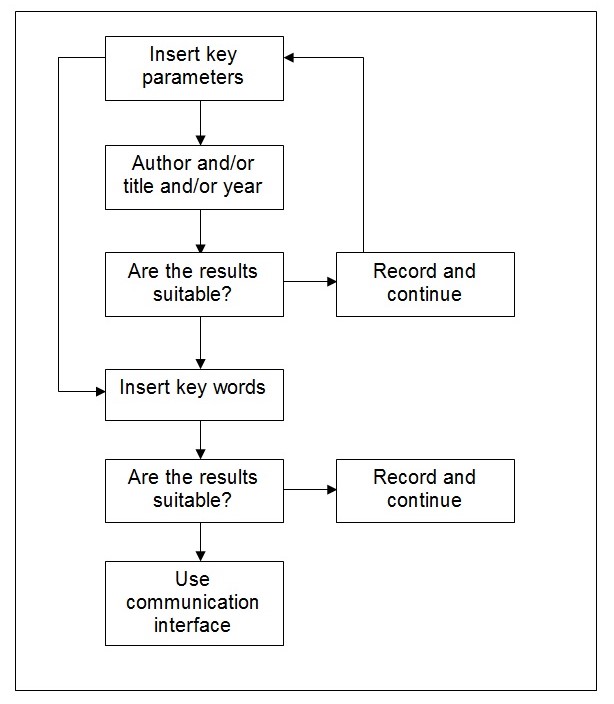Introduction
Library referencing system is generally regarded as the basis of an effective and successful research. The structure of the library identification system should be based on the clear identification of the analyzed objects, and further conducting of the comparative analysis. The programming solution of the regarded analysis is the properly arranged algorithm of actions that will be helpful for gaining maximal benefits from the system.
Programming Solution
Library system comparative analysis experiences problems with the identification of library objects. The system structure creation will involve a requirements list that will be detailed by a requirements set that will be characterized by user requirements elicitations, requirements validation tailored to meet user needs, requirements verifications, requirements analysis against user needs, and a requirements management. (Sidky, Sud, et.al. 2002)
The solution of the problem will involve identification of the required parameters, defining of the objects available for the identification, as well as collection of the information. For making the system comfortable for the end user, librarians’ preferences should be considered.
The programming segment for creating a referencing system will be as follows:
Set up the variables and parameters:
Author, title, year, publishing
If (variable = 0) then
Set Author
Set Title
Set Year
Set Publishing
Variable – description
If (description = 0) then
Set Description
Set key words
Setting of the search request parameters:
Author, title, year, keywords
If search request = variable then
Select records
Author = author
Year = year
Title = title
Else
Title = keywords
End If
This system will help to make search results wider regardless of the initial search request. Additionally, the system may not recognize typos, therefore, selection in accordance with the key words will be regarded as a reasonable alternative for continuing search. Initially, the user will have to search by title, author, publishing, or year. Otherwise, search request in accordance with the key words is available. The user will insert key words that may be the name of the sphere, genre, theory and so on. The system will search for these key words in the descriptions, and lists of key words, avoiding stop words.
Communication interface will be helpful for system users to specify their requests, check mistakes, or try alternative request phrases. Since the librarians are more familiar with the funds, they will offer users their assistance in finding the necessary researches, journals, authors’ abstracts etc.
Flow Chart

The flowchart represents the key algorithm of actions that users should adhere. Therefore, if the search request is given correctly, the system will find the necessary records. Otherwise, it will use keywords matching. Finally, if any of the search methods are not helpful, the user will address a librarian for assistance. Communication interface will be helpful for remote requests. (Blank, Barnes, 1998)
The modules of the flowchart are helpful for giving the basic outline of the system, as well as for defining the key tasks for the system. Benefits of such an approach are associated with the modular solution of the requirements, while each module represents a set of tasks that are resolved independently on other modules. Therefore, this offers the maximum effectiveness for the solving of the problem.
Reference List
Blank, G., & Barnes, R. (1998).The Universal Machine, Boston, MA: WCB/ McGraw-Hill.
Sidky, A.S., Sud, R.R., Bhatia, S. & Arthur, J.D. n.d. (2002) Problem Identification and Decomposition within the Requirements Generation Process. Web.